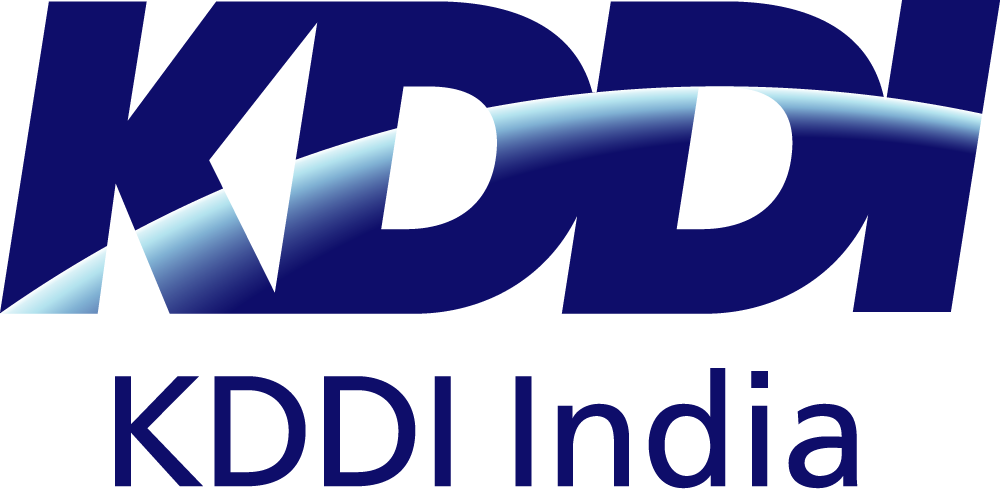Information technology infrastructure, also known as IT infrastructure, can be defined as a collection of several components, including hardware, software, and network systems. Together, they enable IT service delivery to different business units of an organisation and help maintain its digital presence. In simple words, it provides the necessary foundation for things like communication, data management, and service delivery within an organisation. Further, the process of managing all the IT resources, systems, platforms, people, and environments is known as IT infrastructure management.
From small businesses to large enterprises, almost every kind of organisational unit needs an IT infrastructure to operate a digitally connected business. In this day and age, IT infrastructure serves no less than the backbone of modern businesses. A robust IT infrastructure can not only ensure smooth operation within the organisation but also help you gain an upper hand over your competitors.
There are several other benefits of a flexible and secure IT infrastructure, such as:
- Providing an exceptional customer experience
- Real-time data collection
- Better decision-making
- Enhanced employee productivity








